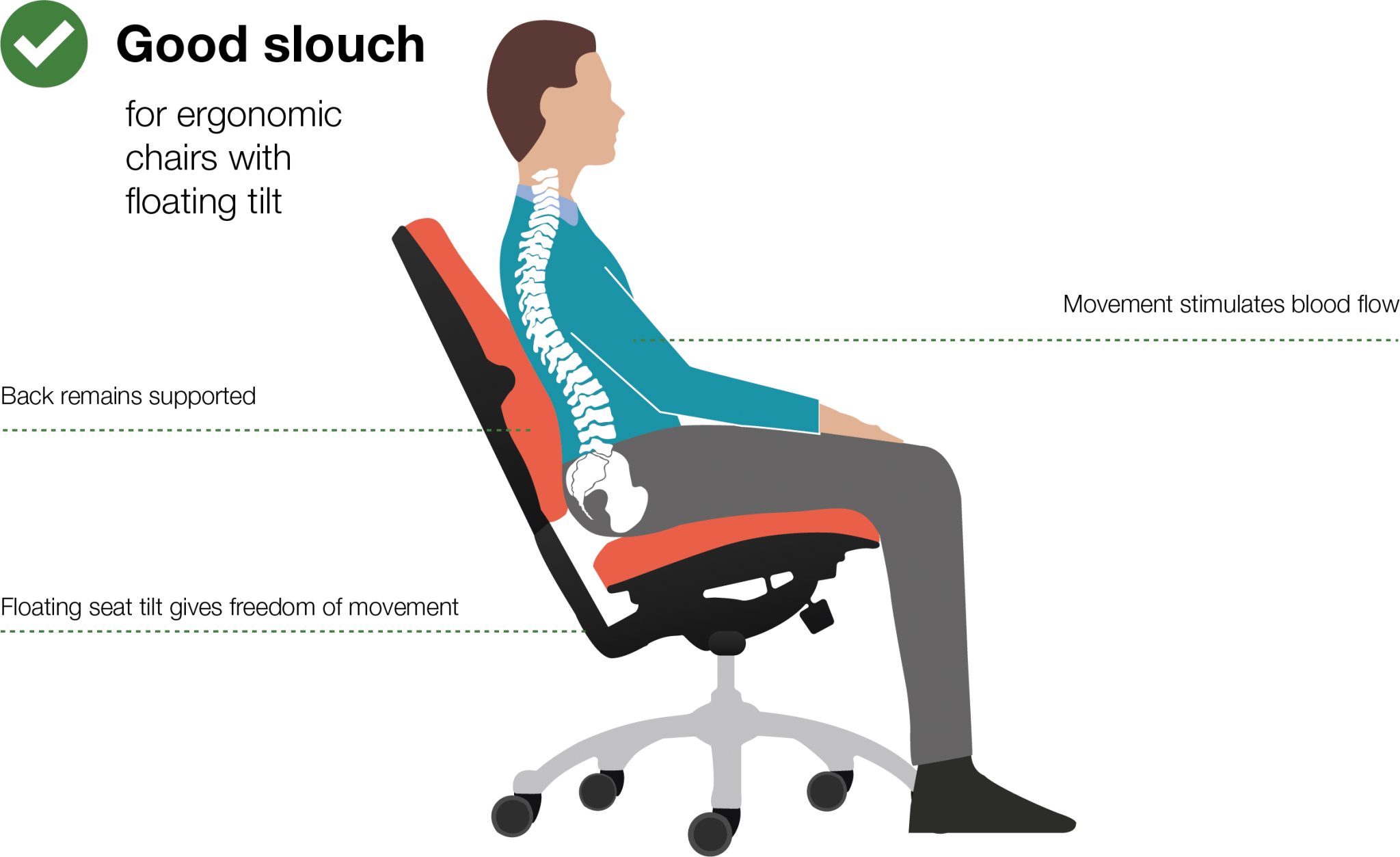Understanding Back Popping and Its Risks

Back popping, also known as spinal cracking or joint manipulation, is a common phenomenon that many people experience. It occurs when gas bubbles, known as cavitation, form in the synovial fluid within the joints of the spine. These bubbles create a popping sound as they rapidly collapse. While back popping might feel good and provide temporary relief, it’s crucial to understand the potential risks and benefits associated with this practice.
The Mechanics of Back Popping
The popping sound associated with back cracking is caused by the formation and subsequent collapse of gas bubbles within the synovial fluid that lubricates the joints of the spine. When pressure is applied to a joint, the fluid within it expands, creating a vacuum. This vacuum draws in dissolved gases from the surrounding tissues, forming bubbles. As the pressure is released, these bubbles rapidly collapse, generating the characteristic popping sound. This process is known as cavitation.
Potential Risks and Benefits of Popping Your Back
Back popping can provide temporary relief from stiffness and discomfort by stretching the muscles and ligaments around the spine. However, there are potential risks associated with this practice. Frequent back popping can lead to joint instability, ligament damage, and even nerve compression. Additionally, it’s essential to understand that back popping does not address the underlying cause of back pain.
Common Causes of Back Pain That Might Benefit from Popping
While popping your back may not address the root cause of back pain, it can offer temporary relief from certain conditions, such as:
- Muscle tension: Popping your back can help stretch tight muscles and reduce tension, providing temporary relief.
- Joint stiffness: Back popping can improve joint mobility and reduce stiffness, offering temporary comfort.
- Minor muscle spasms: The sudden pressure from popping can help relax muscles and alleviate minor spasms.
Recognizing When Popping Your Back is Not Safe, How to pop your back in a chair
It’s crucial to recognize when back popping is not a safe practice. Here are some warning signs that indicate you should avoid popping your back:
- Severe or persistent pain: If you experience severe or persistent back pain, popping your back is not recommended. Seek professional medical advice.
- Numbness or tingling: If you experience numbness or tingling in your legs or feet, it could indicate nerve compression. Avoid popping your back and consult a healthcare professional.
- Weakness or instability: If you experience weakness or instability in your back, popping your back could worsen the condition. Seek medical guidance.
- Underlying medical conditions: If you have any underlying medical conditions, such as osteoporosis, arthritis, or spinal stenosis, popping your back is generally not advised. Consult with your doctor for safe and effective pain management strategies.
Safe and Effective Techniques

While popping your back in a chair might provide temporary relief, it’s crucial to understand that these methods are not a long-term solution for back pain and can even be harmful if done incorrectly. If you experience persistent back pain, consult a healthcare professional for proper diagnosis and treatment.
Stretching and Twisting Exercises
These exercises aim to improve flexibility and range of motion in the spine, potentially relieving muscle tension and stiffness that contribute to back pain. However, it’s essential to perform these exercises correctly and gradually to avoid injury.
Remember, these techniques should not be used to replace professional medical advice. Always consult a healthcare professional if you experience persistent back pain.
- Seated Spinal Twist: Sit upright on a chair with your feet flat on the floor. Place one hand on the opposite knee and gently twist your upper body towards that knee, keeping your back straight. Hold for 15-30 seconds and repeat on the other side.
- Cat-Cow Pose: Start on your hands and knees. As you inhale, arch your back and look up towards the ceiling (cow pose). As you exhale, round your spine towards the ceiling and tuck your chin to your chest (cat pose). Repeat this cycle for 5-10 repetitions.
- Knee-to-Chest Stretch: Lie on your back with your knees bent and feet flat on the floor. Bring one knee towards your chest, keeping your back flat on the floor. Hold for 15-30 seconds and repeat with the other leg.
| Technique | Effectiveness | Potential Risks |
|---|---|---|
| Seated Spinal Twist | May improve flexibility and reduce muscle tension in the back. | Potential for overstretching or straining muscles if not performed correctly. |
| Cat-Cow Pose | Improves spinal mobility and stretches the back muscles. | May exacerbate back pain if done incorrectly or with excessive force. |
| Knee-to-Chest Stretch | Relieves tightness in the lower back and hamstrings. | Potential for overstretching or discomfort in the lower back if done incorrectly. |
Alternatives to Popping Your Back: How To Pop Your Back In A Chair

While popping your back might provide temporary relief, it’s not a sustainable solution for long-term back pain management. Instead, consider exploring alternative methods that address the underlying cause of your discomfort.
Massage Therapy
Massage therapy can effectively relieve muscle tension and improve blood circulation, contributing to pain reduction. Different massage techniques, such as deep tissue massage, Swedish massage, and sports massage, target specific muscle groups and address various back pain issues.
- Benefits: Massage therapy can reduce muscle tension, improve flexibility, promote relaxation, and enhance blood flow, leading to pain relief.
- Limitations: Massage therapy might not be suitable for everyone, particularly individuals with certain medical conditions. It’s crucial to consult a healthcare professional before starting massage therapy.
Yoga
Yoga combines physical postures, breathing exercises, and meditation, offering a holistic approach to back pain management. Specific yoga poses, like cat-cow pose, downward-facing dog, and cobra pose, strengthen and stretch the back muscles, improving flexibility and reducing stiffness.
- Benefits: Yoga can enhance flexibility, strengthen back muscles, reduce stress, and improve posture, leading to pain relief.
- Limitations: Yoga requires a certain level of physical fitness and flexibility, and some poses might be challenging for beginners. It’s advisable to consult a qualified yoga instructor for guidance.
Chiropractic Care
Chiropractic care focuses on the relationship between the spine and overall health. Chiropractors use manual adjustments to realign the spine, addressing misalignments that may contribute to back pain.
- Benefits: Chiropractic care can improve spinal alignment, reduce muscle tension, and increase joint mobility, leading to pain relief.
- Limitations: Chiropractic care might not be suitable for everyone, and its effectiveness can vary. It’s essential to consult a qualified chiropractor and discuss any underlying medical conditions.
Incorporating Alternatives into a Daily Routine
- Massage Therapy: Schedule regular massage sessions, starting with once a week and gradually reducing frequency as needed.
- Yoga: Dedicate 30 minutes to an hour daily for yoga practice. Begin with beginner-friendly poses and gradually progress as you gain strength and flexibility.
- Chiropractic Care: Consult a chiropractor for an initial assessment and follow their recommended treatment plan.
Choosing the Right Back Pain Relief Method
- Assess your pain: Determine the severity and nature of your back pain. Is it acute or chronic? Is it localized or widespread?
- Consider your medical history: Consult your doctor about any underlying medical conditions that might affect your treatment options.
- Explore different methods: Try massage therapy, yoga, and chiropractic care to see what works best for you.
- Seek professional guidance: Consult a healthcare professional for personalized recommendations and a comprehensive treatment plan.
How to pop your back in a chair – You know that satisfying “pop” you get when you lean back in a chair and your spine realigns? It’s almost a ritual, a little back-cracking ceremony. And while any chair can offer that moment of relief, there’s something truly special about sinking into a upholstered wing back chair.
The plush padding and supportive wings seem to cradle your body, making that satisfying “pop” feel even more profound. It’s like the chair itself is participating in the ritual, whispering a silent promise of relaxation and comfort.
You know that satisfying crack you get when you pop your back? It’s almost as if the chair itself is letting out a sigh of relief. But imagine that satisfying feeling paired with the elegance of an antique bow back windsor chair.
The curve of the back perfectly contours your spine, inviting a gentle release of tension with each subtle movement. Just make sure you’re not popping your back too often, as it could lead to more serious problems down the line.